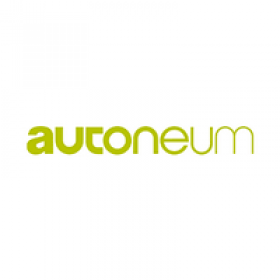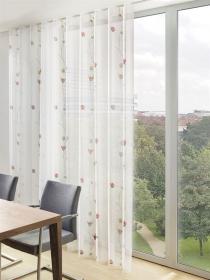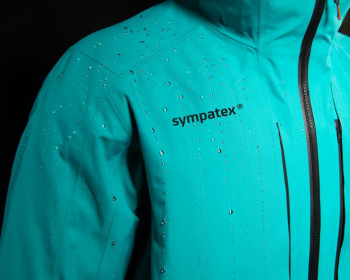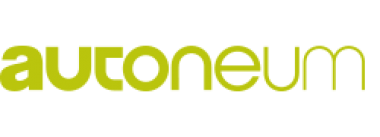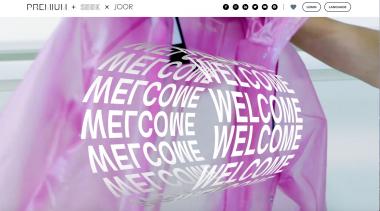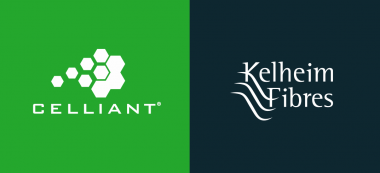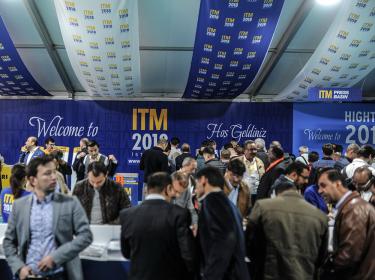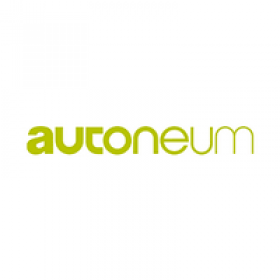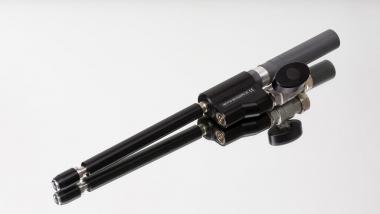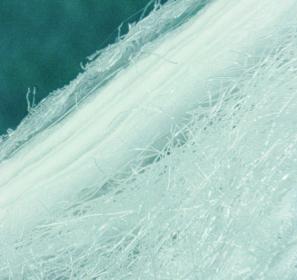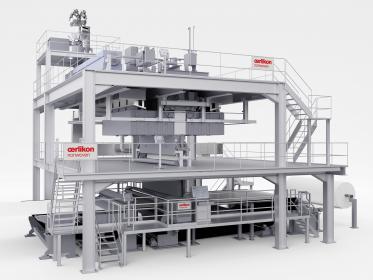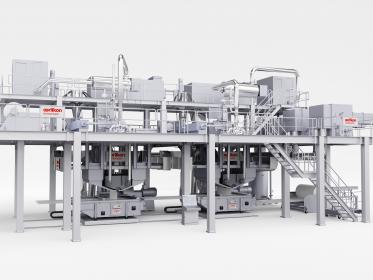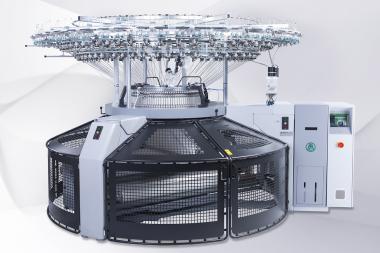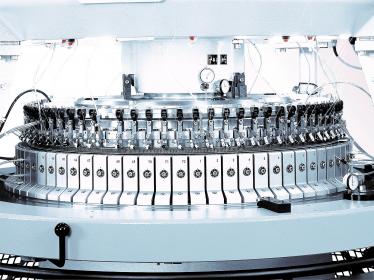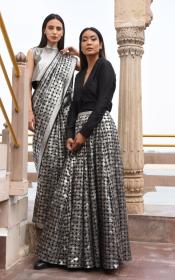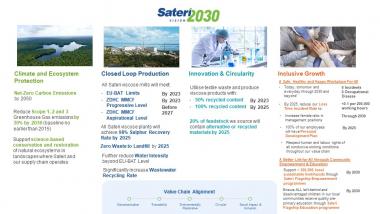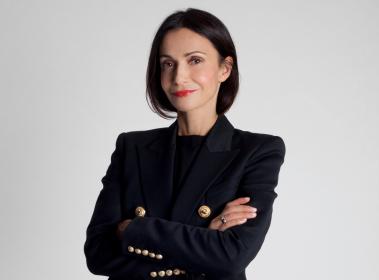2020 financial year: operating profit thanks to profitable second half-year
2020 financial year: operating profit thanks to profitable second half-year Due to the pandemic-related decline in global vehicle production, Autoneum's revenue in local currencies decreased by –18.7% in 2020. Thanks to a global cost reduction program and improvements from the turnaround program in North America, Autoneum achieved an EBIT margin of 1.6%. Furthermore, the significantly increased free cash flow of CHF 112.5 million enabled a substantial reduction in net debt (excluding lease liabilities) of CHF –63.3 million.
2020 was marked by the coronavirus pandemic and its massive impact on the global economy. Worldwide lockdowns and production stoppages at vehicle manufacturers had drastic consequences for the entire automobile industry and Autoneum in the first half of the year. Although the market recovered in the second half-year, the number of vehicles produced for the year as a whole remained well below the level of the previous year. Thanks to prompt adjustment of the cost structure to the reduced market volume and improvements achieved during the turnaround in North America, Autoneum nevertheless managed to generate an operating profit in 2020 in an extremely difficult and volatile market environment.
Please find more details in attached PDF file.
Autoneum Management AG


